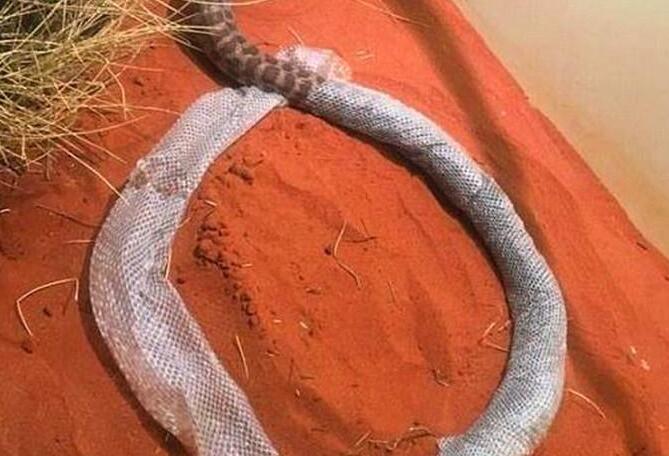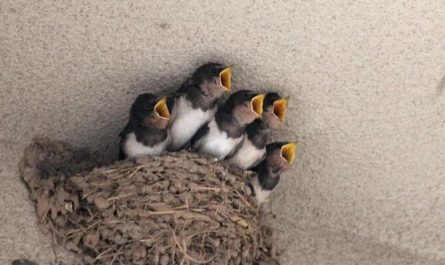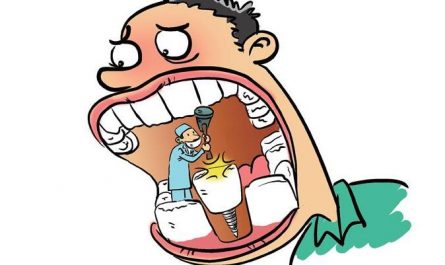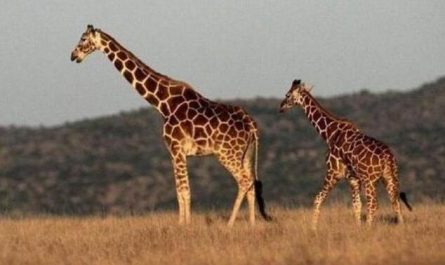The reason why pythons shed their skin
Snakes are covered with scales, but these scales are different from those of fish. The scales of snakes are formed from the outermost layer of the skin, so they are called horny scales. It is tougher and impermeable, and it cannot grow as the body grows. When the snake grows up, it needs to shed its skin once, and the newly grown scales after molting are larger than the original. Snake scales not only prevent water evaporation and mechanical damage, but are also the main tool for snakes to crawl.
Snakes usually shed their skins every two to three months. When a snake sheds its skin, it is necessary to choose a rough ground or twist its body around a tree branch. Use friction to remove the old “coat” and put on a “new outfit”. Therefore, snakes can often be seen at the mouth of a stone cave or on a branch.
The skin of snakes is tightly covered by snake scales. Many people confuse the external texture of snakes with the texture of earthworms. In fact, the touch of snake skin is dry and smooth. Most snakes use their scales to grip the ground and move. The texture of snake scales can be smooth, bony or rough with particles. Snakes have transparent eye membranes on their eyelids. This membrane is also a type of snake scale, called “Brille” in English.
Snakes have the habit of changing their skins and are generally called “molding”. In the molting habits of snakes, snake skin is layered on top of each other. The scales of the snake are closely connected, and the old and new snake skins are closely connected. The process of molting snakes is like removing socks from the soles of their feet.
Molting has many effects on snakes. First, the damaged old skin on the outermost layer can be replaced; second, by replacing the snake skin, it can be protected from parasites such as maggots. Many examples of creatures that change skins (such as insects) have proved that molting is a means to make creatures bigger, but whether the molting habits of snakes have this effect is still under debate.
The molting of snakes is repeated at intervals, and snakes will molt their entire lives. Before molting, snakes will stop eating and hide in a safe place. When moulting, the epidermis of snakes becomes dull and dry, and their eyes become cloudy or appear blue. The inner side of the old leather will produce water, which allows the old and new leather to be separated.
A few days later, the eyes of the snake became clear again, and the skin of the snake was taken off. The old skin is stretched from the mouth. Snakes are constantly rubbing with foreign objects (mostly rough surfaces or stones) to try their best to get through the old skin. Many times the old snake skin is shed from the head to the tail to the back. The shed old skin is like a faded sock, while the new skin under the old skin looks newer, bigger and more luster.
The medicinal value of snake peeling
The skin of snakes is different from ordinary animals. Their skin is highly keratinized scales. This kind of keratinized scales is not conducive to the growth of the body. While the viper grows, the aging skin has the chance to shed skin, which is also The behavior of a venomous snake when its body grows, one push of the skin will grow up once. The skin that has been retreated has a shape and is called a snake slough.
In fact, snake slough is a commonly used Chinese medicine. Snake slough is also called dragon clothing, green dragon clothing, snake shell, etc. Some people call snake slough snake skin, long insect skin, etc. It is clinically used to treat skin diseases such as pruritus, scabies, urticaria, etc. It has a certain effect. In addition, snake slough also has the effect of treating poisonous sores, such as unnamed bloated, shingles and other poisonous sores.
Life habits of pythons
Pythons are arboreal or aquatic snakes and live in tropical rain forests and subtropical humid forests. They are ubiquitous snakes. It mainly feeds on birds, rodents, small beasts, reptiles and amphibians. Its teeth are sharp and its hunting movements are rapid and accurate. Sometimes it also enters the village farmhouse to prey on poultry and livestock; sometimes the male pythons also harm people. Oviparous, stings occur in April each year, and begin to lay eggs in June. Every 8-30 eggs, or up to 100 eggs, are oval-shaped, each with a “small tail”, which is the size of a duck egg. The weight is about 70-100 grams, and the incubation period is about 60 days. The female python has the habit of hatching on the eggs after laying eggs. If you are close to it at this time, you will be sexually aggressive and easily hurt.
living environment
It is entangled. It is often used to climb on tree poles behind the body and is also good at swimming. He loves heat and is afraid of cold. The most suitable temperature is 25-35℃. At 20℃, there is little activity. When the temperature is 15℃, it will become numb. If the temperature continues to drop to 5-6℃, it will die; it will die if exposed to strong sunlight for too long. The python feeds at a temperature above 25°C. The hibernation period is 4 to 5 months. After a sting in spring, it starts to move after sunrise. High temperature in summer often hides in the shade, hunting at night activities. Biting the prey with a sudden attack, entangled tightly with the body, hangs the prey, and then swallows the prey from the head.
feeding habits
The feeding habits of pythons often feed on small muntjac, small wild boars, rabbits, squirrels, and poultry; they have a large appetite and can swallow animals that are equal to or more than their body weight at one time. For example, Guangxi Wuzhou Foreign Trade Warehouse purchased a 10 kg python in 1960. Swallowed 15 kilograms of domestic pigs. It has strong digestion, except for the animal hair of the prey, it can be digested, but can not eat for several months after being full.
Way of eating
The python catches the prey, regardless of its size, it swallows it without chewing. This way of swallowing pythons mainly comes from the special structure of their jaws. Their lower bones are composed of two independent parts. The two parts can move alternately. In order to better eat, the python will open its mouth while erecting its front body, biting the prey, and then closing the upper and lower jaws. Alternate movement of the upper and lower jaw. If a creature comes to attack it at this time, it will immediately spit out the food it has swallowed and escape.






